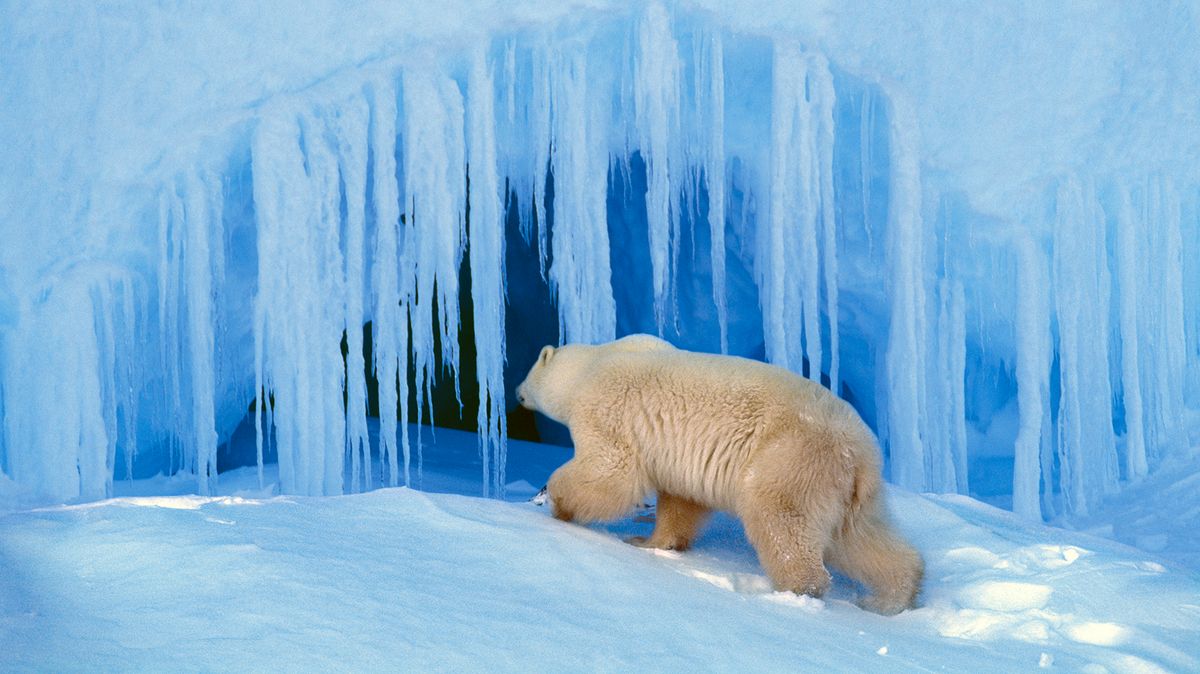Torpor is a short-term, daily or weekly state of dormancy that helps animals survive brief periods of cold or food scarcity. Unlike full hibernation, animals in torpor can wake up quickly when conditions improve.
1. Hummingbirds
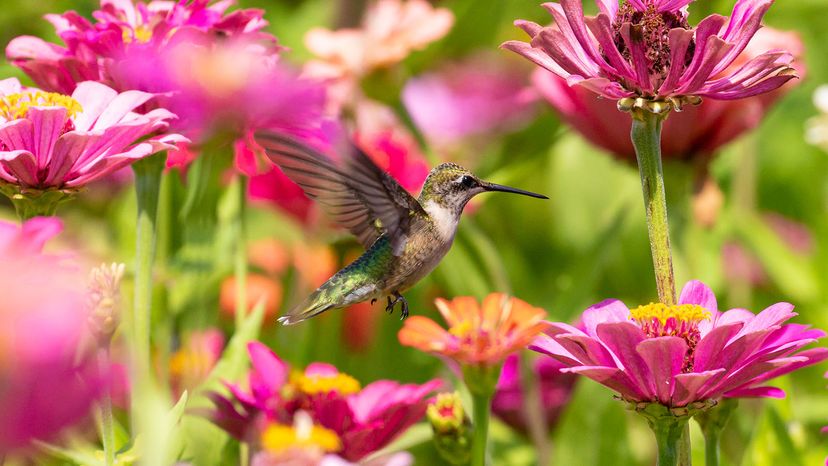
Marcia Straub / Getty Images
Hummingbirds enter torpor overnight to conserve energy, reducing their metabolic rate and body temperature dramatically. This helps them survive cold nights when food is unavailable.
2. Little Brown Bats
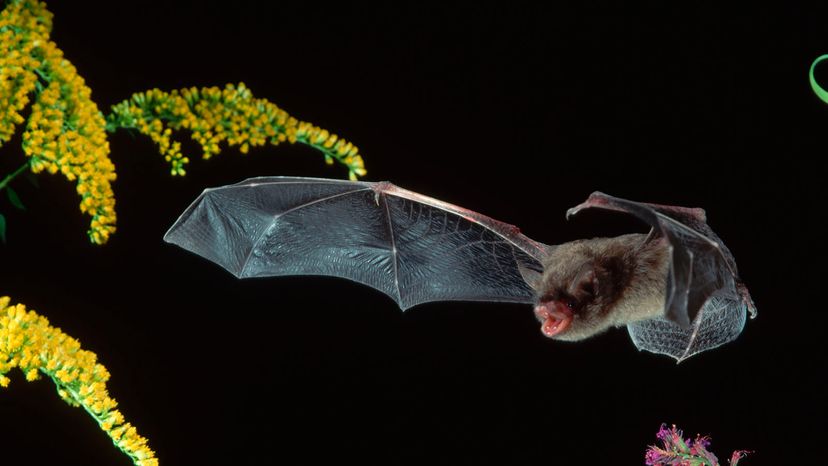
McDonald Wildlife Photography In / Getty Images
Some bat species, such as the little brown bat, use torpor on a nightly basis to save energy. Unlike true hibernation, they can quickly become active when needed.
3. Mice
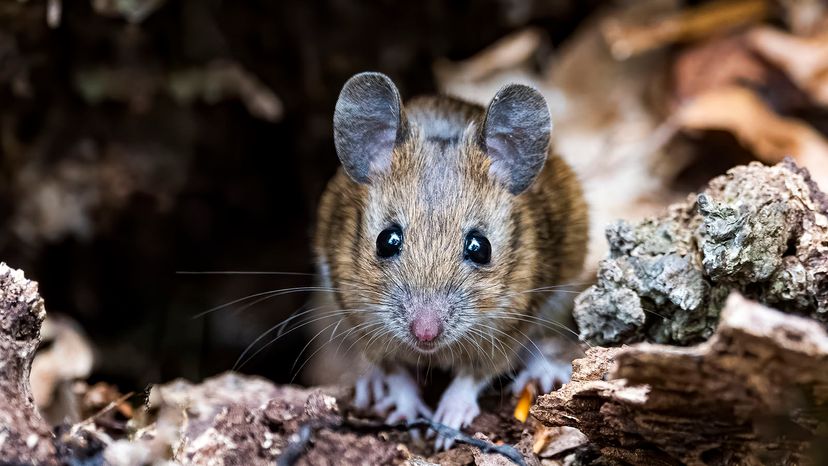
Mark Chivers / Getty Images
Mice enter torpor in response to extreme cold or lack of food, slowing their metabolism for a few hours or days. This temporary, energy-saving state helps them survive until conditions improve.
4. Skunks
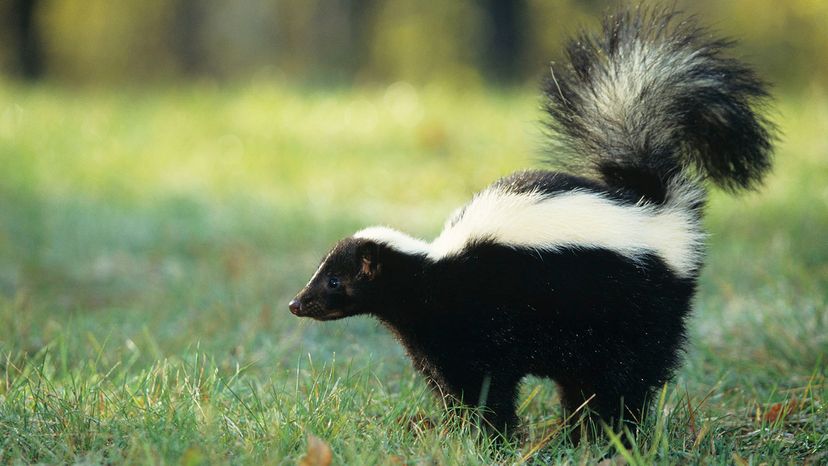
Tom Brakefield / Getty Images
Skunks don’t fully hibernate, but they do enter torpor during particularly harsh winter weather. They stay in dens and sleep for extended periods while occasionally waking to forage.
We created this article in conjunction with AI technology, then made sure it was fact-checked and edited by a HowStuffWorks editor.

